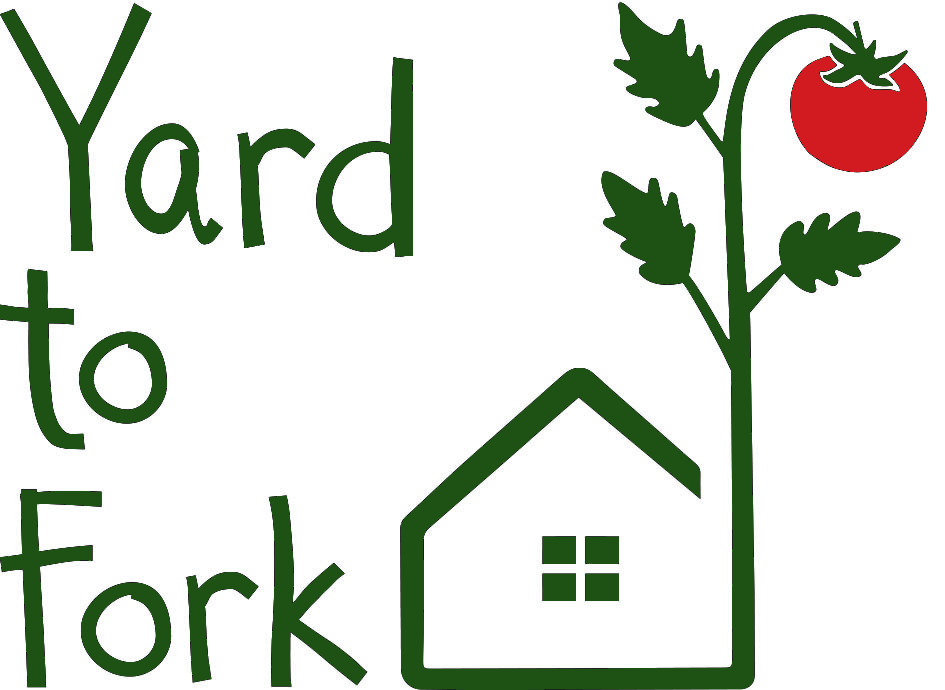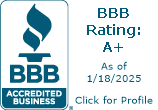Is a Soil Test Right for You?
/One of the often overlooked advantages to growing plants in raised beds is that you can control every aspect of soil quality. You can research and review all the organic and mineral elements in any given soil recipe, and get a pretty accurate picture of its nutrient content. You can also rest assured that professional soil companies are sourcing materials that don’t contain chemical toxins. However, what about the soil in your yard? That untouched strip of dirt against the side of your house, or against the back fence next to the neighbor’s shed?
It is useful to grow many edible plants directly in the ground, specifically larger herbaceous plants like artichokes, lemongrass and rhubarb, as well as all the various fruiting shrubs and trees. Even woody herbs like oregano, thyme, sage and rosemary can be best suited to inground areas near garden beds where they can spread without interfering with annual veggies, as well as function as landscaping perennials. But if there is a potential risk of some kind of contamination, it is important to understand what the content of that soil is before we grow plants in it that we will later be consuming.
For example, if you live in a house that is older than 1978, when house paints containing lead were banned in the United States, it is probable that lead paint still exists in an undercoat, or the current exposed coat if the paint is old. Thus, some of that paint, when fresh or having flaked off from scraping or over time, may have infiltrated the soil next to your house. Lead is not readily absorbed by plant roots, but may end up coating below-ground veggies like potatoes, beets and carrots, or be turned up to the surface when amending soils, increasing the likelihood of it getting on edible plant parts. It should be stated that lead poisoning from ingesting plants is exceptionally rare, but a soil test from a reputable testing lab might be warranted if you plan to plant in the ground in narrow spaces among several old structures.
Living in an urban area often means being close to industrial sites that might have had a history of accidental - or intentional - spilling of toxic chemicals, such as arsenic and mercury, which can be absorbed by plants. If your yard or garden space is close to an industrial property, railyard, or even a commercial space such as an auto-service station, dry cleaner business, or even a parking lot, testing the soil might be a wise next-step before planting your edibles.
Also, as herbicides have become widespread and common to use, it is helpful to know if there are any concerning deposits lurking in your soil from previous owners or nearby properties. Small amounts from occasional applications are usually not enough to worry about, but if you have reason to believe that there has been regular usage over a long period of time on or near your planting area, a soil test will bring those toxins to light.
However, soil tests aren’t only for doom and gloom. Most labs that test for contaminants will also test for all major soil nutrients, which is incredibly useful information when planning long term edible landscaping for berries, vines and fruit trees. Knowing the mineral profile of your planting space will help you decide how much to amend the soil when planting and can help predict how often to apply soil amendments over the years.
Soil test kits are available to purchase at some local nurseries and hardware stores. However, quality can vary widely and accuracy cannot always be counted on. If you want results you can trust, using an analysis lab is the way to go, and there are several local labs that test soil for contaminants and nutrients. If you decide that a soil test may be right for your situation, reach out and we can help guide you with a coaching session!




